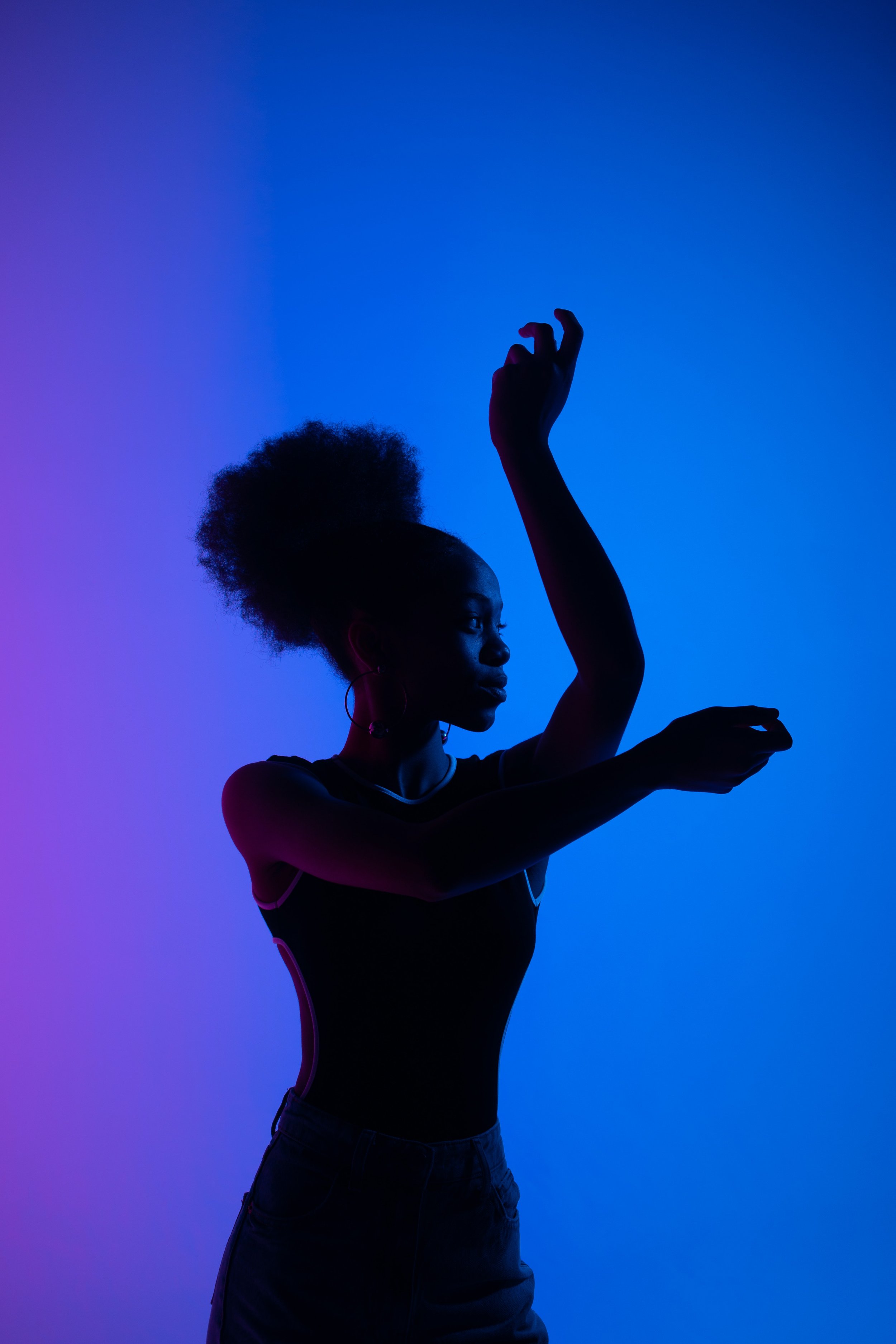What is Photobiology?
There has been a lot written about the sun and your skin, especially in the context of sun protection, skin cancers, and premature ageing. But the interplay between our skin and the light is more complicated and fascinating than you could ever imagine, and it goes way beyond the common discussions of UV radiation.
I just wanted to give you a taste of the breadth of photobiology, and how there are many new and exciting areas of research within this field.
Photobiology is the study of the way that light interacts with living organisms, encompassing both its beneficial and negative effects.
Remember, that UV light is actually only a small part of the entire spectrum of light. There is visible light, as well as radiowaves, microwaves, infrared radiation, x-rays, and gamma rays. The difference between these lie in their various wavelengths.
What are the benefits of sunlight?
While we are adamant that you need to protect your skin from the known harmful effects of UV radiation, we must also acknowedge the benefits of sun exposure. We have always had a unique relationship with the light. We know that light influences many of our biological systems in important ways, including regulating our circadian rhythms and aiding vitamin absorption:
Production of Vitamin D - As I have written about extensively before, Vitamin D is the only supplement I might recommend to patients I see (based in the UK), as we know that we do not typically get enough Vitamin D from our sunlight exposure in a northern climate, and we also don’t tend to get enough in our diet.
Vitamin D is a fat-soluble prohormone, and Vitamin D receptors are found everywhere in the body - the skin, kidneys, brain, and heart just to start! One of the key roles of this vitamin is to regulate calcium and phosphate levels by its effect on the parathyroid hormone. Explore more in our Essential Guide to Vitamins.
2. Improvement in mood - A recent review published in Photodermatology, Photoimmunology & Photomedicine compiled the current data about the benefit of exposure to ultraviolet radiation and improvement in mood, with an overall positive effect noted. While this does make intuitive sense (who hasn’t had their mood lift on a sunny day?), more research is needed in this area due to the small number of studies and differences between them.
The mechanism by which this is thought to work is actually also possibly via the Vitamin D pathway, as we have recently discovered there are Vitamin D receptors in the brain. There is also potentially trigger via the hypothelamic-pituitary-adrenal axis as well as the serotonin and melatonin production systems.
3. Regulation of our circadian clock - The circadian rhythm is a beautifully complicated molecular mechanism, synchronised to the the day-night cycle. There is a lot of research that shows that light exposure has a huge effect on our alertness, performance, and sleep.
4. Protects against myopia (shortsightedness) - Research has shown that being outside for at least 2-3 hours daily as children and reducing hours spent indoors in low-light has a protective affect in decreasing the risk of shortsightedness.
What are the different types of photodermatoses?
Rashes due to photosensitivities (like Polymorphic Light Eruption aka Heat Rashes)
Eczematous rashes are photodermatitsis
Photosensitisers are chemicals or drugs that make you more sensitive to light exposure
Phototoxic reactions are extreme sunburn-like reactions with no immune response after exposure to a drug or chemical
Photoallergic reactions are due to photosensitisers, leading to a delayed hypersensitivity
Photo-exacerbated reactions are when you have an underlying skin condition, which is made worse by light (like rosacea)
How does photoprotection work?
You can find my summary about sunscreens, how they work, and what my recommendations are here.
But let’s briefly touch on the biology of exact what is happening when UV light hits your skin. When a photon of light comes into contact with the skin, it contains energy which (if there is no protection present) will be absorbed by molecules in your skin. The absorption of this energy often leads to free radical formation (these are reactive chemicals containing unpaired electrons), which in turn can lead to DNA damage. This is what leads to photo-damage and skin cancer down the line.
But recently, we have become more aware of the fact that light in the visible spectrum as well as infrared radiation can contribute to skin damage and photo-ageing. (This is visible light coming from the sun, there’s little evidence that the light coming from screens is harmful because it’s such a small amount). A lot of this damage seems to occur via the generation of free radicals in the skin, which is why antioxidant use with sunscreen can be so important in protecting our skin.
How do doctors use light as a therapy?
Did you know that many dermatologists and aesthetic doctors use light to treat skin concerns? And this has been happening for centuries, starting in the 1900s with tuberculosis treatments, to the 1920s with rickets treatments, and even into the 1970s when the use of light in treating psoriasis was first explored.
This is what underlies the concept of photobiomodulation, and is why we use lasers and light-emitting diodes (LEDs) to produce different wavelengths of light to treat conditions like acne, alopecia, and hyperpigmentation, as well as using it to improve the appearance of cellulite and for body contouring. (I’ve linked my review of photobiomodulation for the Aesthetics Journal.)
Final Thoughts
As you can see, this is a huge field of scientific study that encompasses many things, and has increasing relevance in aesthetic medicine and dermatology. This understanding aids us in preventing not only skin diseases, but improving our overall physical and mental health. But more than that, it’s an understanding that could give us the opportunity to harness the power of light therapeutically, which is incredible exciting!
References
Ashley EJ. “Exploring Photobiomodulation.” Aesthetics Journal, Volume 7, Issue 12, pg 38-40.
Grether‐Beck, S., Marini, A., Jaenicke, T. and Krutmann, J. (2014), Photoprotection beyond UV. Photodermatol. Photoimmunol. Photomed., 30: 167-174. https://doi.org/10.1111/phpp.1211
Spillmann, L. Stopping the rise of myopia in Asia. Graefes Arch Clin Exp Ophthalmol 258, 943–959 (2020). https://doi.org/10.1007/s00417-019-04555-0
Veleva BI, van Bezooijen RL, Chel VGM, Numans ME, Caljouw MAA. Effect of ultraviolet light on mood, depressive disorders and well-being. Photodermatol Photoimmunol Photomed. 2018 Sep;34(5):288-297. doi: 10.1111/phpp.12396. Epub 2018 Jun 25. PMID: 29855075.
Wirz-Justice A, Skene DJ, Münch M. The relevance of daylight for humans. Biochem Pharmacol. 2020 Oct 28:114304. doi: 10.1016/j.bcp.2020.114304. Epub ahead of print. PMID: 33129807.














You might have heard buzz around the new vehicle taking the aesthetics and regenerative medicine world by storm. Exosomes are being touted as the “next big thing.” But what exactly are they, and what do we know about how they work?